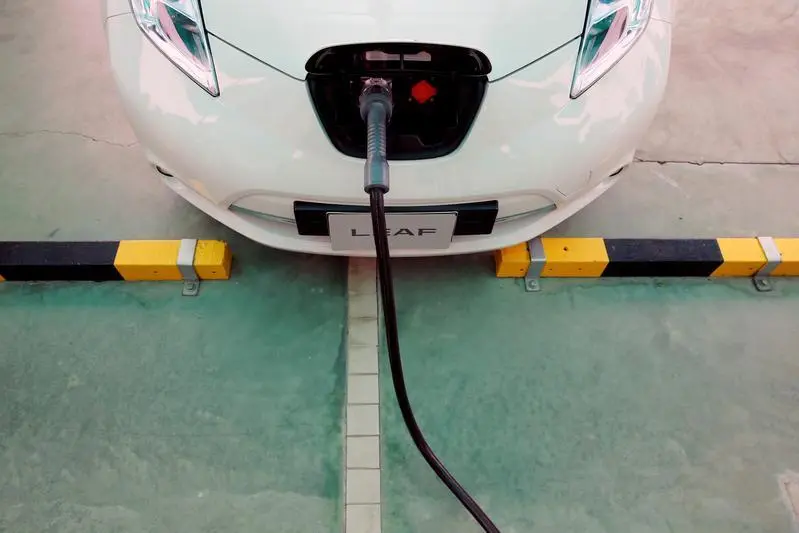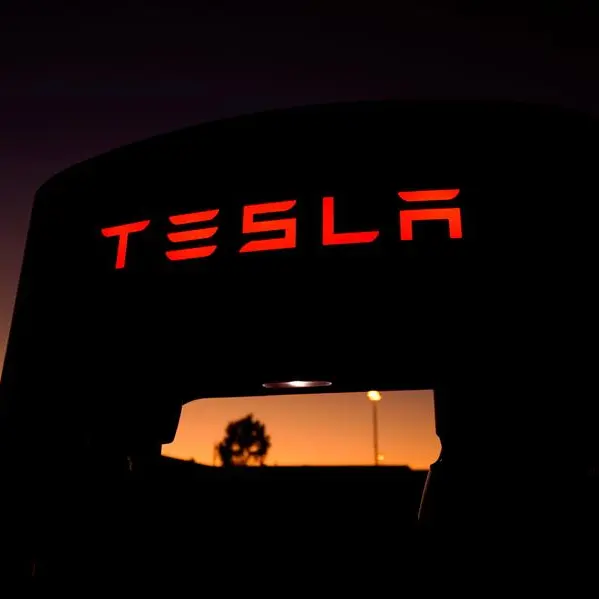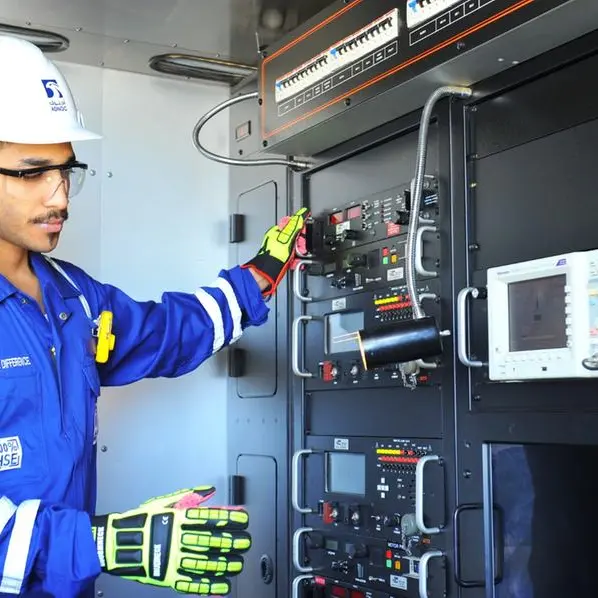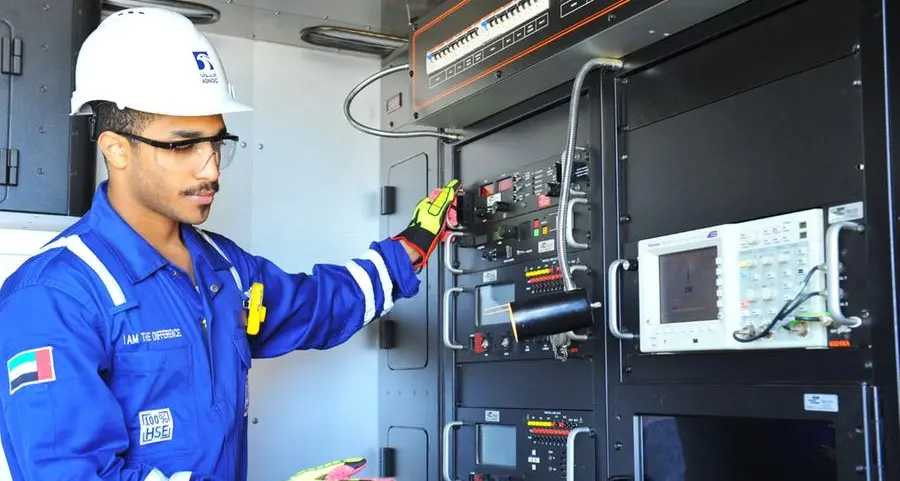PHOTO
An oft-cited reason people dont buy electric cars is range anxiety — if batteries struggle to take you as far as gas and charging stations are limited in number, the thinking goes, who would want one?
But there is another obstacle: charging time trauma. Compared with a five-minute pit stop at your local gas station, charging an electric vehicle is a glacially slow experience. Modern electric cars still often need an entire night to recharge at home, and even at a commercial fast charging station, a fill-up can take an hour or more.
Driving long distances and stopping for one to two hours is not something I would want to do, said Mark McNabb, the chief executive of Electrify America, a Volkswagen subsidiary that is installing charging stations across the US as part of the German automakers settlement for cheating on diesel emissions tests.
The good news? Charging times will eventually shrink to little more than 10 minutes. The bad news: That wont be for several years.
Still, there is help is on the way.
Manufacturers are installing more charging points across the US, and technological improvements are already allowing for charging times to improve. Two levels of charging are typically available in residential settings.
Level 1 is a standard AC outlet that provides between 1 and 1.5 kilowatts of electricity. It takes a Level 1 charger about 30 hours to fully charge the electric version of the Ford Focus, which has a range of 115 miles.
Level 2 uses a professionally installed charger connected to a 240-volt AC outlet — the kind used by some large appliances — and delivers between 7 and 9 kilowatts, lowering the charge time to about 5.5 hours.
Some commercial charging locations offer more advanced technology, employing so-called fast chargers. These offer about 50 kilowatts of DC power, enabling the same Ford Focus to reach 90 miles of range in 30 minutes (battery chemistry causes charging to go more slowly after a battery is 80 per cent full).
The electric carmaker Tesla has a proprietary supercharger for its vehicles that provides 120 kilowatts of power, adding 300 miles of range in 75 minutes. A new generation of charging points, the first of which are being installed in Europe this year, offer 350 kilowatts of power.
Such a jump would slash charging times to 10 to 15 minutes, depending on the vehicles range, according to Charlie Yankitis, director of business development for the German manufacturer Boschs electric vehicle unit.
Elon Musk, Teslas founder, has hinted that charging at even faster rates was being studied. Several companies are making big bets on the technology.
Electrify America, the Volkswagen subsidiary, is planning on installing such high-capacity chargers along highway corridors throughout the US. It is investing $2 billion in electric vehicle charging infrastructure and education nationwide, $800 million of which is earmarked for California alone.
By the end of 2020, Electrify America plans to have built 350 Level 2 charging sites in urban areas in California, like workplaces and apartment buildings. It will also build an unspecified number of fast chargers along roadways, each of which will have several charge units. A further 540 are to be built elsewhere in the country in that time.
ChargePoint, the largest installer of vehicle charging stations in the U, plans to install 400-kilowatt sites in the coming months. But its chief executive, Pasquale Romano, did not specify how many.
Similar pushes are being made elsewhere. In Europe, the German automotive giants BMW, Daimler and Volkswagen have joined with Ford in a joint venture to install 350-kilowatt chargers across the Continent. They will start installing them this year, initially planning to get 400 fast-charging sites up and running, with thousands in place by 2020.
Were looking for similar solutions across the globe, said Mike Tinskey, Fords global director of electrification and infrastructure.
There are, however, hurdles that need to be overcome. For one, standards differ across manufacturers and regions. Todays commercial chargers use three different kinds of plugs that are not entirely compatible.
In practice, a Chevrolet, Nissan or Volkswagen cannot be charged at a Tesla charger. A Tesla, however, can use an adapter plug to charge at standard commercial stations, and Electrify America says its charging stations will be compatible with a variety of plugs.
Another issue: No vehicle on the road today is able to use the 350-kilowatt fast-charging stations. It is not a simple upgrade: High-speed charging requires thicker cables that wont get too hot.
No automakers have indicated when they will sell cars equipped to accept such fast charges. Porsches Mission E electric vehicle is expected to be available by 2020, and will be able to charge to a 250-mile range in 15 minutes, according to the carmaker. Electrify America and ChargePoint say they expect vehicles capable of accepting 350-killowatt chargers to be available by 2019.
Utilities will also have to upgrade their infrastructure, a change for which California is already preparing. Under the states zero emission regulations, every manufacturer must sell a certain number of emission-free vehicles, calculated as a proportion of overall sales.
Consequently, California has become the hub for the mass installation of fast charging points. One of the states utility companies, Southern California Edison, estimates that 25 per cent of its network must be upgraded to support new chargers.
We hope well be ready for fast charging when Electrify America is ready to install it, said Caroline Choi, the utilitys senior vice-president of regulatory affairs.
For now, the number of charging stations remains relatively low. According to the Department of Energy, there are just over 16,000 public electric vehicle charging points in the US, offering about 44,000 individual outlets of varying charging speeds. By comparison, there are 120,000 gas stations nationwide, many of which have 10 or more pumps.
So customers will have to stick to charging an electric vehicle whenever its not being used, much as they already do with smartphones and tablets. According to ChargePoint, 90 per cent of vehicle charging is currently done at home, and industry executives argue that its wrong to think about charging electric cars in the way they envision filling up a gasoline or diesel vehicle.
Electric vehicles are more like horses than gasoline cars, said Romano of Electrify America. They are like a horse that eats whenever youre not riding it: you refuel them when youre doing something else.
— New York Times News Service
But there is another obstacle: charging time trauma. Compared with a five-minute pit stop at your local gas station, charging an electric vehicle is a glacially slow experience. Modern electric cars still often need an entire night to recharge at home, and even at a commercial fast charging station, a fill-up can take an hour or more.
Driving long distances and stopping for one to two hours is not something I would want to do, said Mark McNabb, the chief executive of Electrify America, a Volkswagen subsidiary that is installing charging stations across the US as part of the German automakers settlement for cheating on diesel emissions tests.
The good news? Charging times will eventually shrink to little more than 10 minutes. The bad news: That wont be for several years.
Still, there is help is on the way.
Manufacturers are installing more charging points across the US, and technological improvements are already allowing for charging times to improve. Two levels of charging are typically available in residential settings.
Level 1 is a standard AC outlet that provides between 1 and 1.5 kilowatts of electricity. It takes a Level 1 charger about 30 hours to fully charge the electric version of the Ford Focus, which has a range of 115 miles.
Level 2 uses a professionally installed charger connected to a 240-volt AC outlet — the kind used by some large appliances — and delivers between 7 and 9 kilowatts, lowering the charge time to about 5.5 hours.
Some commercial charging locations offer more advanced technology, employing so-called fast chargers. These offer about 50 kilowatts of DC power, enabling the same Ford Focus to reach 90 miles of range in 30 minutes (battery chemistry causes charging to go more slowly after a battery is 80 per cent full).
The electric carmaker Tesla has a proprietary supercharger for its vehicles that provides 120 kilowatts of power, adding 300 miles of range in 75 minutes. A new generation of charging points, the first of which are being installed in Europe this year, offer 350 kilowatts of power.
Such a jump would slash charging times to 10 to 15 minutes, depending on the vehicles range, according to Charlie Yankitis, director of business development for the German manufacturer Boschs electric vehicle unit.
Elon Musk, Teslas founder, has hinted that charging at even faster rates was being studied. Several companies are making big bets on the technology.
Electrify America, the Volkswagen subsidiary, is planning on installing such high-capacity chargers along highway corridors throughout the US. It is investing $2 billion in electric vehicle charging infrastructure and education nationwide, $800 million of which is earmarked for California alone.
By the end of 2020, Electrify America plans to have built 350 Level 2 charging sites in urban areas in California, like workplaces and apartment buildings. It will also build an unspecified number of fast chargers along roadways, each of which will have several charge units. A further 540 are to be built elsewhere in the country in that time.
ChargePoint, the largest installer of vehicle charging stations in the U, plans to install 400-kilowatt sites in the coming months. But its chief executive, Pasquale Romano, did not specify how many.
Similar pushes are being made elsewhere. In Europe, the German automotive giants BMW, Daimler and Volkswagen have joined with Ford in a joint venture to install 350-kilowatt chargers across the Continent. They will start installing them this year, initially planning to get 400 fast-charging sites up and running, with thousands in place by 2020.
Were looking for similar solutions across the globe, said Mike Tinskey, Fords global director of electrification and infrastructure.
There are, however, hurdles that need to be overcome. For one, standards differ across manufacturers and regions. Todays commercial chargers use three different kinds of plugs that are not entirely compatible.
In practice, a Chevrolet, Nissan or Volkswagen cannot be charged at a Tesla charger. A Tesla, however, can use an adapter plug to charge at standard commercial stations, and Electrify America says its charging stations will be compatible with a variety of plugs.
Another issue: No vehicle on the road today is able to use the 350-kilowatt fast-charging stations. It is not a simple upgrade: High-speed charging requires thicker cables that wont get too hot.
No automakers have indicated when they will sell cars equipped to accept such fast charges. Porsches Mission E electric vehicle is expected to be available by 2020, and will be able to charge to a 250-mile range in 15 minutes, according to the carmaker. Electrify America and ChargePoint say they expect vehicles capable of accepting 350-killowatt chargers to be available by 2019.
Utilities will also have to upgrade their infrastructure, a change for which California is already preparing. Under the states zero emission regulations, every manufacturer must sell a certain number of emission-free vehicles, calculated as a proportion of overall sales.
Consequently, California has become the hub for the mass installation of fast charging points. One of the states utility companies, Southern California Edison, estimates that 25 per cent of its network must be upgraded to support new chargers.
We hope well be ready for fast charging when Electrify America is ready to install it, said Caroline Choi, the utilitys senior vice-president of regulatory affairs.
For now, the number of charging stations remains relatively low. According to the Department of Energy, there are just over 16,000 public electric vehicle charging points in the US, offering about 44,000 individual outlets of varying charging speeds. By comparison, there are 120,000 gas stations nationwide, many of which have 10 or more pumps.
So customers will have to stick to charging an electric vehicle whenever its not being used, much as they already do with smartphones and tablets. According to ChargePoint, 90 per cent of vehicle charging is currently done at home, and industry executives argue that its wrong to think about charging electric cars in the way they envision filling up a gasoline or diesel vehicle.
Electric vehicles are more like horses than gasoline cars, said Romano of Electrify America. They are like a horse that eats whenever youre not riding it: you refuel them when youre doing something else.
— New York Times News Service
Al Nisr Publishing LLC 2017. All rights reserved. Provided by SyndiGate Media Inc. (Syndigate.info).












